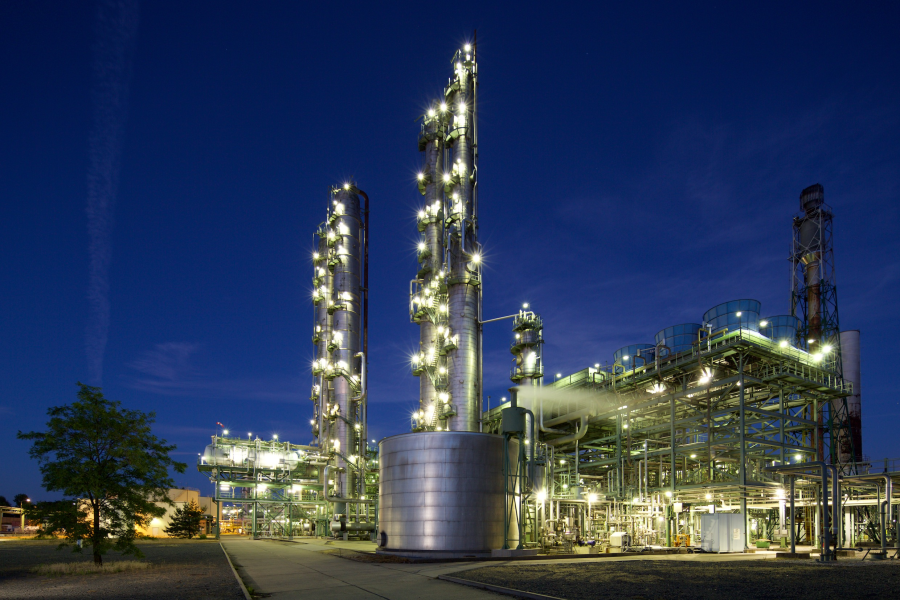The first of two ammonia plants at SKW Piesteritz began continuous operation 50 years ago. This year, 48 millionth tonne of ammonia was produced, which is still a key raw material and forms the basis of almost all production and a diverse product portfolio. Whether in the supply chain for downstream industries and everyday goods or as innovative eco-fertilisers.
"It is the accomplishment of the management at the time that at the end of the 1980s there was a comprehensive reconstruction of the plants, the expansion of their capacity from 1,360 to 1,650 tons per day and a reduction in specific consumption," explains René Kolod, head of the ammonia department, which today employs 120 people. "This ensured economical operations and preservation of the chemical location after the turbulence of the reunification period."
SKW Piesteritz is the largest producer of ammonia and urea in Germany and plans to double its storage capacity for ammonia in the next few years by building a third cold storage tank. Due to increased raw material and energy prices, production across the entire site as well as the industry is facing huge challenges. In order to meet the European and German climate targets for greenhouse gas neutrality by 2045, SKW Piesteritz is continuously exploring investments in even more sustainable and resource-saving ammonia and urea production. This includes the use of hydrogen and the separation of excess carbon dioxide from process systems (Carbon Capture and Utilisation, CCU or Carbon Capture and Storage, CCS). The first projects of the €400 million "Green Deal" investment programme for the sustainable transformation of SKW Piesteritz are already being implemented.
